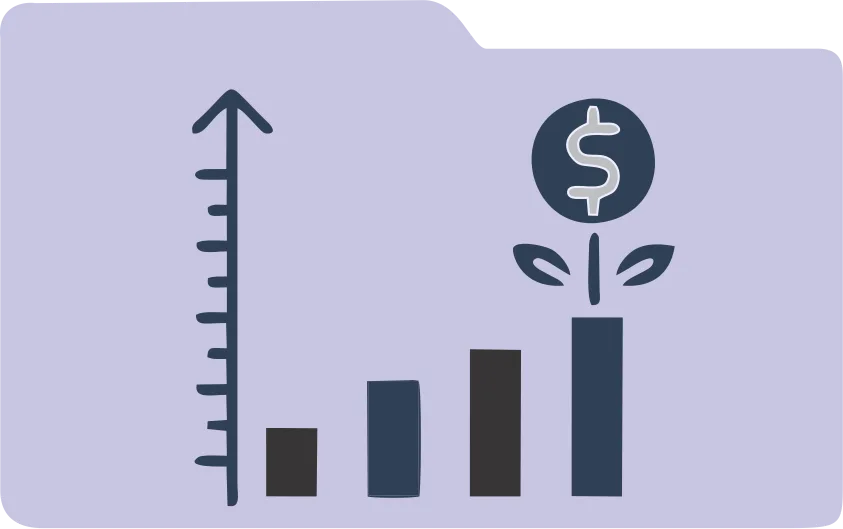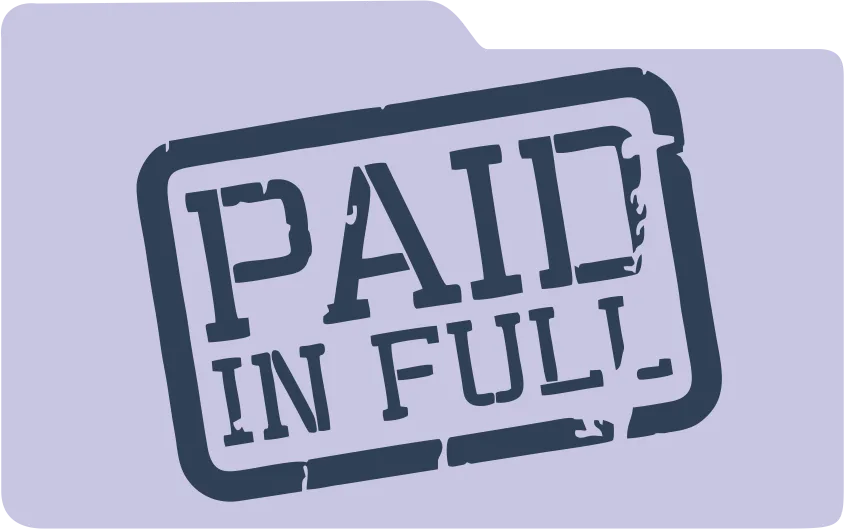What is financial independence, early retirement (FIRE)?
FI/RE is a combined acronym. FI stands for Financial Independence, which represents one’s ability to stop trading their time for money while remaining in a capitalist society. RE stands for Retiring Early, which represents living off your savings or investments. The two are related and you can’t retire early without first becoming financially independent, so it’s useful to talk about both at the same time.
FIRE are the initials of the words Financial Independence, Early Retirement (FIRE), is seen as a program that seeks to generate high income from one or more sources, to be used for extreme savings and investment, with the goal of early retirement, or at least much sooner than traditional retirement plans and budgets would allow.
In recent years, many people, particularly young people, are trying to find a FIRE retirement, which allows them to lead a life in the future where work activity is minimal or non-existent, which allows them to pursue other interests, such as spending more time with relatives, travel, undertake, among others.
This extreme saving and investing lifestyle is a plan in which those who carry it out remain in the workforce for several years, sometimes saving up to 70% of their annual income, and when their savings and investments reach about 30 times their annual expenses, or about $1 million, they may quit their day jobs or retire from work altogether.
FIRE is intended for people who can earn a substantial income, usually in the six figures or more. And indeed, if your goal is to retire in your 30s or 40s, that’s probably the case. However, there are also variations of FIRE, which we will see later, but anyone can learn a lot about the principles of this idea and adapt them to their personal finances to seek financial independence and why not an early retirement.
Financial independence, something that, if achieved, can allow you, instead of retiring, to work on something you love instead of something you have to do. Financial independence is the ability to make work optional, and most importantly, free to do what you want with your time.
Financial independence, often abbreviated to “FI” in personal finance circles, gives you room to cultivate your legacy. It helps you contribute to your family, travel the world and leave nothing on the table when you reach your last days.
The FIRE NUMBER
To get started with a FIRE program, where your ultimate goal is to retire as soon as possible, the first step is to know your target retirement number, that is, the amount of money you would need to accumulate in order to retire and maintain a desired lifestyle. For all the years after retirement that you won’t be working, this amount is known as the FIRE number, which is unique to you and your lifestyle goals, and calculating it is an easy way to jump-start your journey. of financial independence.
You don’t need to work with an expert financial planner, to calculate this number, you can calculate it right now with our retirement calculator.
To achieve a FIRE retirement, you need to maximize your income and minimize your expenses as soon as possible. The younger you want to retire, the bigger your FIRE NUMBER should be.
Retiring before age 40 or younger requires you to do everything you can to succeed, sticking to a budget while doing everything you can to earn as much money as possible, whether it’s getting a better job, adding a second, or creating additional income streams through side businesses or owning rental properties, as well as investing in stocks and high-yield financial vehicles.
Now that you’ve calculated your FIRE number and your ultimate goals, you need to reverse engineer how much money you’ll need to save each month to keep up. The compound interest calculator found on the hoarding wealth resources page can help with this calculation. Play with the numbers, particularly the monthly contribution number, to determine how much money you need to save each month to reach your FIRE number at a certain age.
This exercise has several steps that will strengthen and clarify your personal finances and put you in alert-mode. You’ll know how much you earn and spend each month and better understand where that money is going. You’ll also gain more clarity about the kind of life you want to live when you retire, and whether you really want to retire.
From here, focus on managing the money you have, earning more money along the way, and making sure your leftover money is spent wisely (we recommend seeking professional advice at this point).
Variants or Types of FIRE
Barista FIRE
This variant of FIRE involves reaching a net worth where you could partially retire. In other words, you have accumulated enough money to not depend on a full-time or high-stress job, and thanks to the residual income, you do not need a large salary to equal the monthly expenses.
For many, the idea of retiring very early is not very attractive and they prefer to remain active, at least part-time. The Barista – FIRE does not want to stop working entirely, instead they want to keep a part-time job that generates residual income and, especially in the United States, are looking to secure a corporate health insurance plan, which sometimes, these have better plans at the best price.
The name Barista FIRE is a nod to Starbucks, which offers health insurance to employees who average at least 20 hours of work per week over a continuous 12-week period. At Barista FIRE, you have two sources of income: your part-time job and passive income from your invested assets.
Calculating your Barista FIRE number will be similar to how you calculate your FIRE number. The difference is that your monthly spending burden will be less because some of your expenses will be covered by future income from employment.
Barista FIRE is a great goal if you have some money saved up, but don’t want to stay at your current job. This approach allows you to slowly and methodically withdraw from the modern workforce. Keep in mind that in this situation, you will need to continue to grow your investments and your wealth, throughout your working life, so that you can bear the expenses well into old age.
LEAN FIRE
This variant of FIRE seeks to retire early with expected expenses below the average family income, in the area where you live and develop your life. That is, metaphorically “tightening the belt” permanently.
Quite simply, the Lean FIRE is the first net worth benchmark, where you can stop working entirely, and is characterized by needing less than $40,000 per year on average for expenses and attracts people who are willing to live on a minimum budget, while being financially independent and enjoying a simpler life.
If you choose to take a Lean FIRE approach, the goal is closer than you think. Your FIRE number will be $1.2 million calculating expenses at or below 40k per year for 30 years of retirement.
The difficulty of your FIRE trip depends mostly on your living expenses, so if you would just pause for a second and study your monthly budget, you could eliminate expenses that aren’t very necessary, like paying for an extra car or paying all 3 different types of streaming service or smoking or excessive cups of coffee daily. Eliminating these expenses translates to eliminating decades of your mandatory work career. Frugality would become his lifestyle, since Lean FIRE requires very low monthly expenses.
Traditional FIRE
This FIRE variant, also called Regular FIRE, is an intermediate variant between Lean FIRE and Fat FIRE, and projects an early retirement, where your expected expenses are equal to the average of the population in the area in which you reside.
The monthly expenses of an average American household are $5,855, according to data from the US Bureau of Labor Statistics Surveys of Consumer Expenditures. This means that to retire with a Traditional FIRE plan, you would have to look to accumulate between savings and investments, and taking inflation into account a little more than 2.3 million dollars (For 30 years of retirement expenses), considering that this number would increase the younger you want to retire.
Keep in mind that you will hit some of the other waypoints we’ve discussed along the way. You will first press your Barista FIRE number, then your Lean FIRE number, and then your Traditional FIRE number. You may decide that you want to change your financial goals as you get older; Playing the long game of going after a traditional FIRE number will help you develop financial habits that are healthy and sustainable, over time.
This plan, or variation of FIRE, is commonly pursued by families with high-paying jobs, or small business owners, and people who don’t want to sacrifice much on spending while building their retirement FIRE Number.
FAT FIRE
Do you need a bigger budget? This version is from FIRE, it is the plan for those with very high incomes, and it tries to seek early retirement with expected expenses, well above the average for families in your area of residence. So named for being the opposite of “lean.” To be a FAT FIRE is going to require extraordinary income and aggressive investment levels. And it is persecuted by those people who have very high salaries, or own one or several companies, or have several assets as a source of income or all inclusive.
Fat FIRE is a supersize interpretation of FIRE for individuals who anticipate more than 100k per year in spending after leaving the workforce, which will require a FIRE number of at least $3 million or more. Fat FIRE invites the idea of a luxurious lifestyle, but material possessions aren’t the only reason you might want a larger budget.
Since your FIRE number will be higher in Fat FIRE, it will likely take you longer to reach it or require a more aggressive revenue generation strategy. It will take you longer to achieve financial independence.
Although all FIRE variants require discipline to achieve these goals, with a FAT FIRE plan you will need even more discipline not to incur unnecessary expenses that a large income can allow, and avoiding temptation and waste will be one of your great enemies.
In conclusion
FIRE is considered more of a lifestyle, and not simply an investment strategy. A common thread that challenges people who subscribe to the FIRE lifestyle is finding partners who share the same financial goals. The availability of online resources helps the idea spread among millennials and people with high incomes.
There is no law or regulation that obliges you to retire at age 65, but there is no law or regulation either, as you should Hoarding Wealth, there are many ways to achieve financial freedom in the conditions that suit your lifestyle, but the Truth is that all these paths have something in common, true desire, discipline and perseverance, without these three elements, you probably won’t achieve anything.















